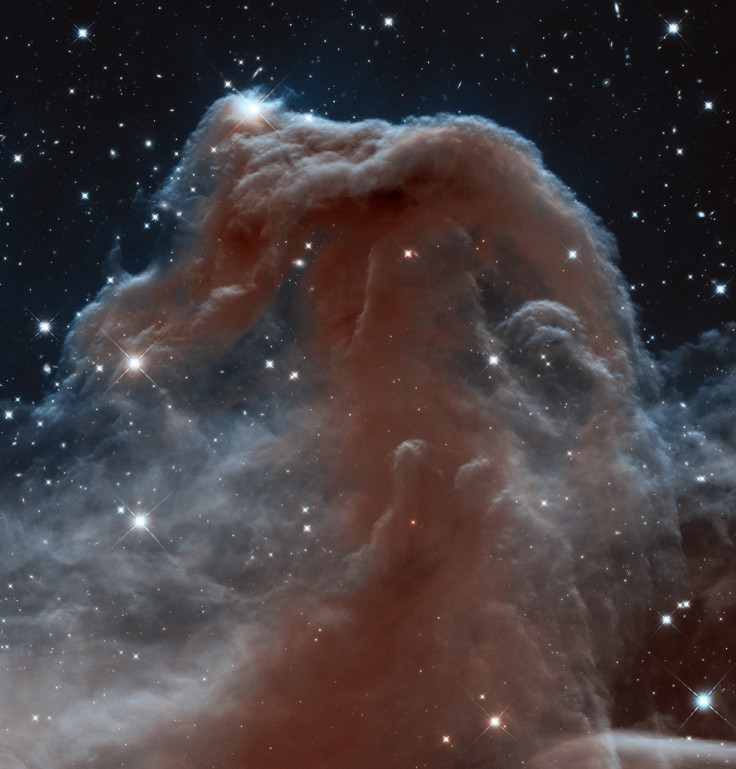World's Most Powerful Telescope 'ATLAST' Could Aid Space Agencies in Extra-Terrestrial Life Detection

A new telescope that is currently being prototyped could aid space research agencies throughout the world in their quest to determine if extraterrestrial life exists.
The powerful Advanced Technology Large Aperture Space Telescope (ATLAST), which scientists in both the US and Europe are rooting for, is said to be 2,000 times more powerful than the Hubble Space Telescope.
Scientists working on ATLAST state that the 'extremely powerful telescope' allows engineers and astronauts monitor and study different planets and solar systems located many light years away from the earth, some even as far as 30 light years.
The ATLAST concept, which is the brainchild of the Space Telescope Space Institute (STSCI), will have a huge mirror that will allow it to function even in the infrared spectrum regions, apart from operating in the ultraviolet spectrum region.
"ATLAST will have a primary mirror diameter in the 8m to 16m range that will allow us to perform some of the most challenging observations to answer some of our most compelling astrophysical question," states STSCI on its official website.
The development of ATLAST could speed up thanks to Martin Barstow, Professor of Astrophysics and Space Science at Leicester University and President-elect of Royal Astronomical Society (RAS), who has said space organisations and governments across the globe should support the ATLAST project.
Scientists are expecting that space research agencies such as Nasa will actively back the ATLAST project both financially and logistically.

"The time is right for scientific and space agencies around the world, including those in the UK, to take a bold step forward and to commit to this project," Barstow said in a press release.
"Since antiquity human beings have wondered whether we really are alone in the universe or whether there are other oases of life. This question is one of the fundamental goals of modern science and ATLAST could finally allow us to answer it," Barstow added.
ATLAST telescope, which is expected to have a 20m large mirror, will function by analysing light from heavenly bodies that are similar in size to the earth. The telescope will aim to explore any possible life-nurturing elements such as water, oxygen and ozone, likely to be present within the spectrum of "planet-sized" heavenly bodies.
More details related to ATLAST are expected to be revealed this week, during the National Astronomy Meeting in Portsmouth, US.
Since ATLAST will be really huge, an exclusive space vehicle designed by any of the world's space research agencies will have to carry astronauts into space to put it together part by part.
© Copyright IBTimes 2025. All rights reserved.





















